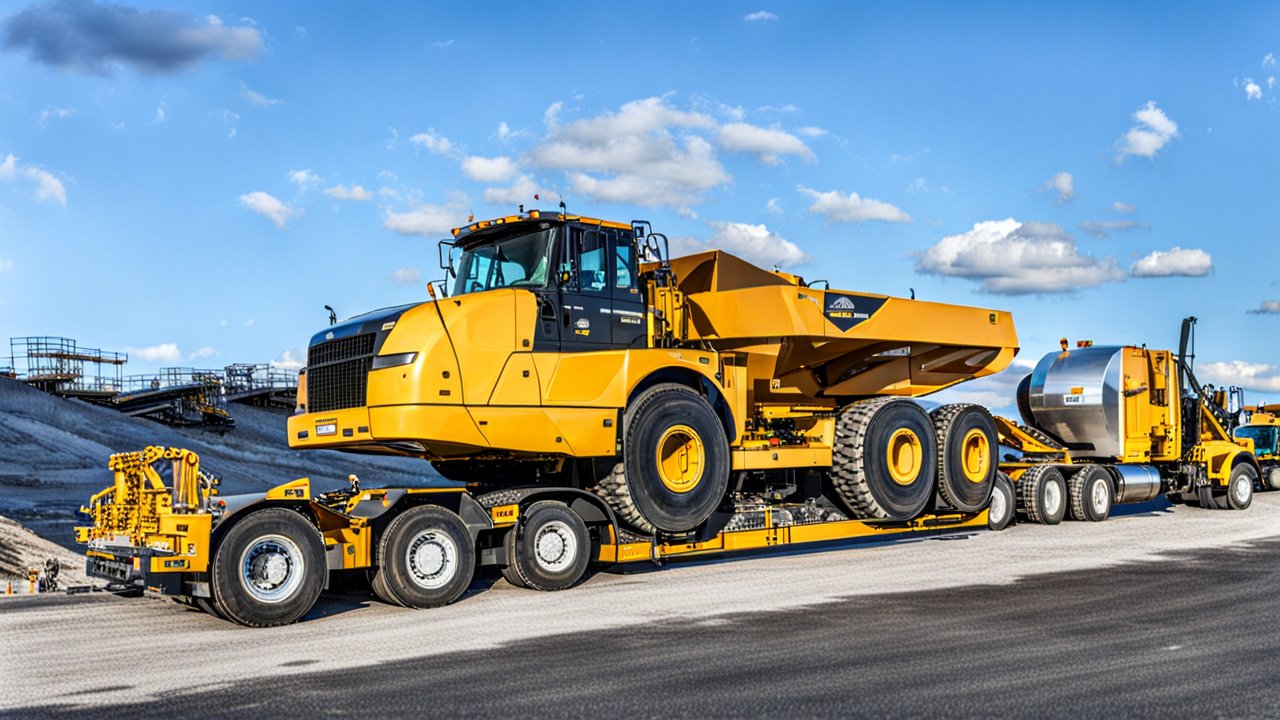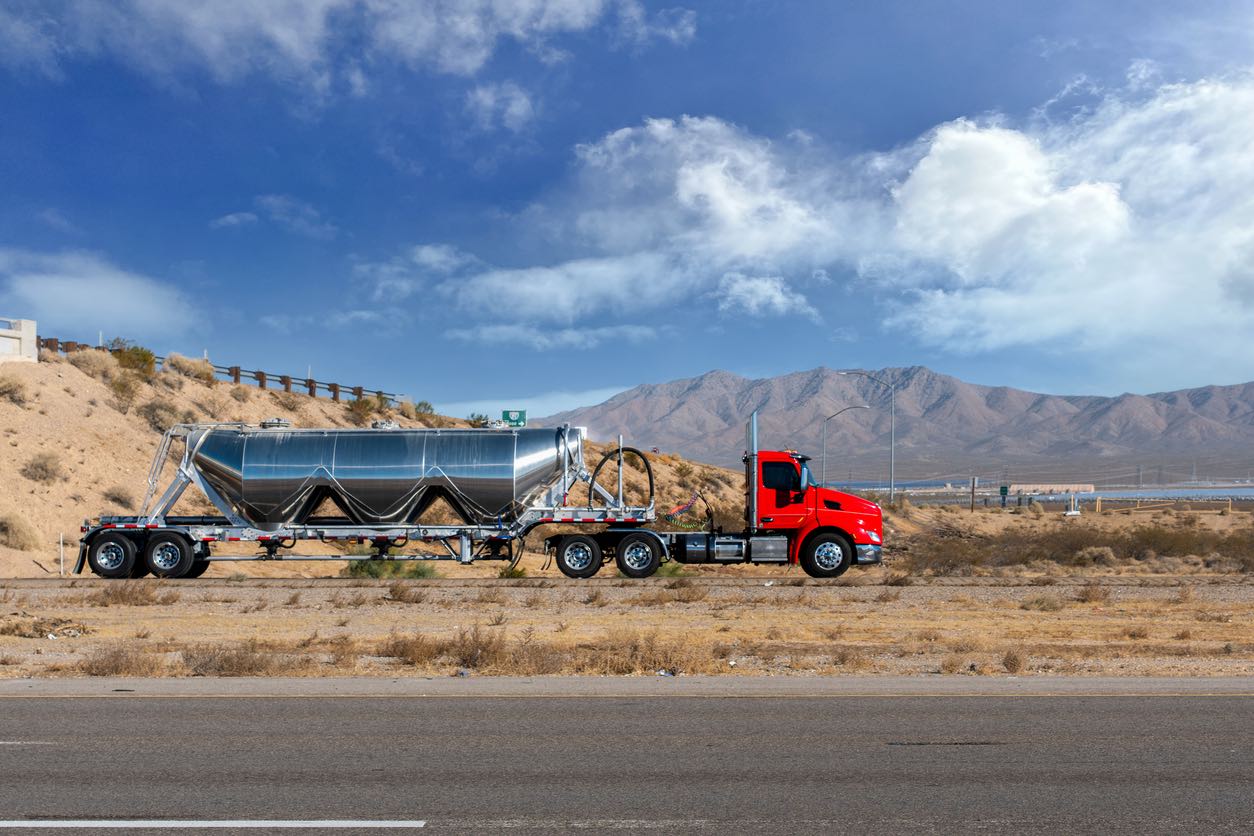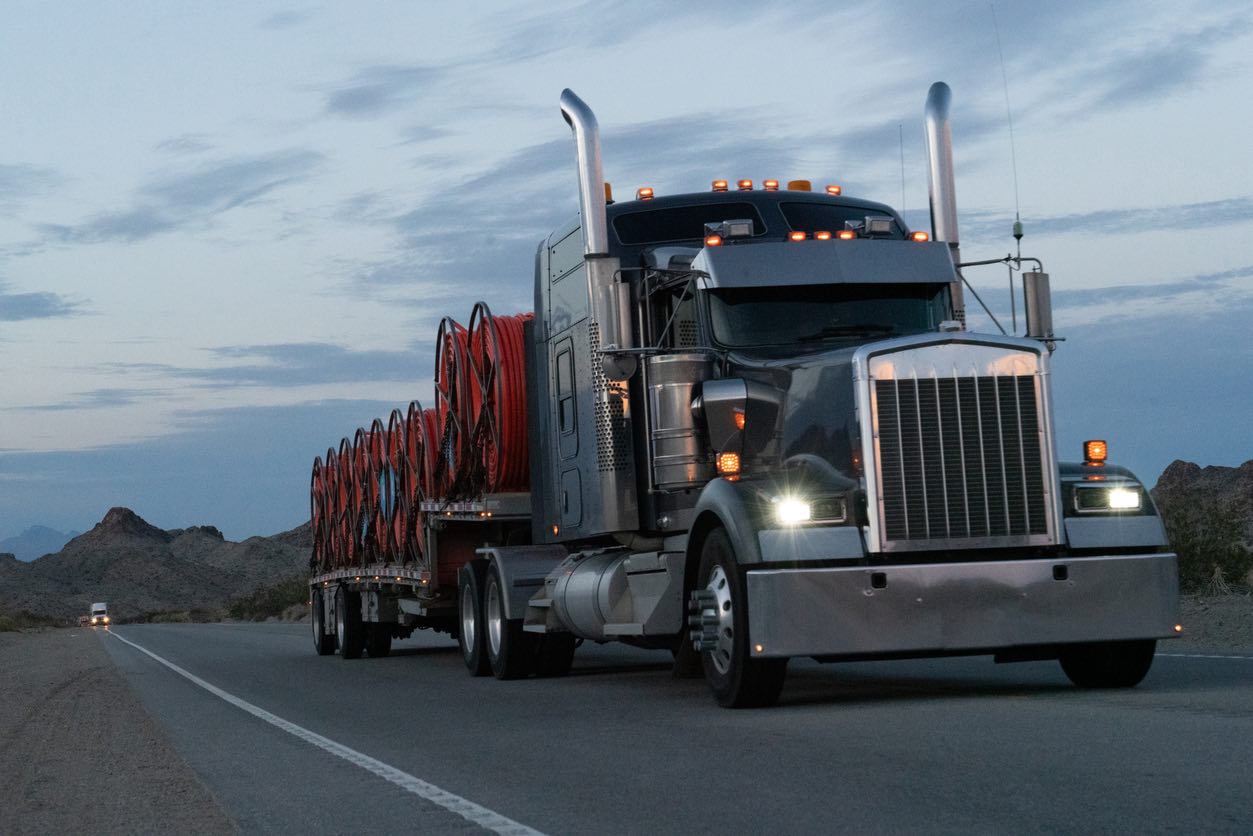In the world of industrial operations and construction, the term “heavy equipment” carries significant weight, albeit not in the literal sense. This category covers a broad range of vehicles and equipment made especially to handle the enormous jobs related to earthmoving and building. The term ‘heavy’ refers less to the actual weight or size of these machines and more to the type and scope of the operations for which they are designed. For individuals operating heavy machinery as well as those managing the logistics of building and engineering projects, it is essential to comprehend what constitutes heavy equipment.
Many modern building sites are powered by heavy machinery, which makes it possible to finish projects quickly and effectively that would otherwise be unfeasible. Such machinery is designed to carry out a variety of functions, from heavy lifting and material transportation to ground excavation, demonstrating the adaptability and importance of these machines. Both onlookers and business insiders need to have a thorough knowledge of these powerful tools. It establishes the groundwork for efficient administration, secure functioning, and best use of the technology that powers a large portion of the construction of today’s built environment.
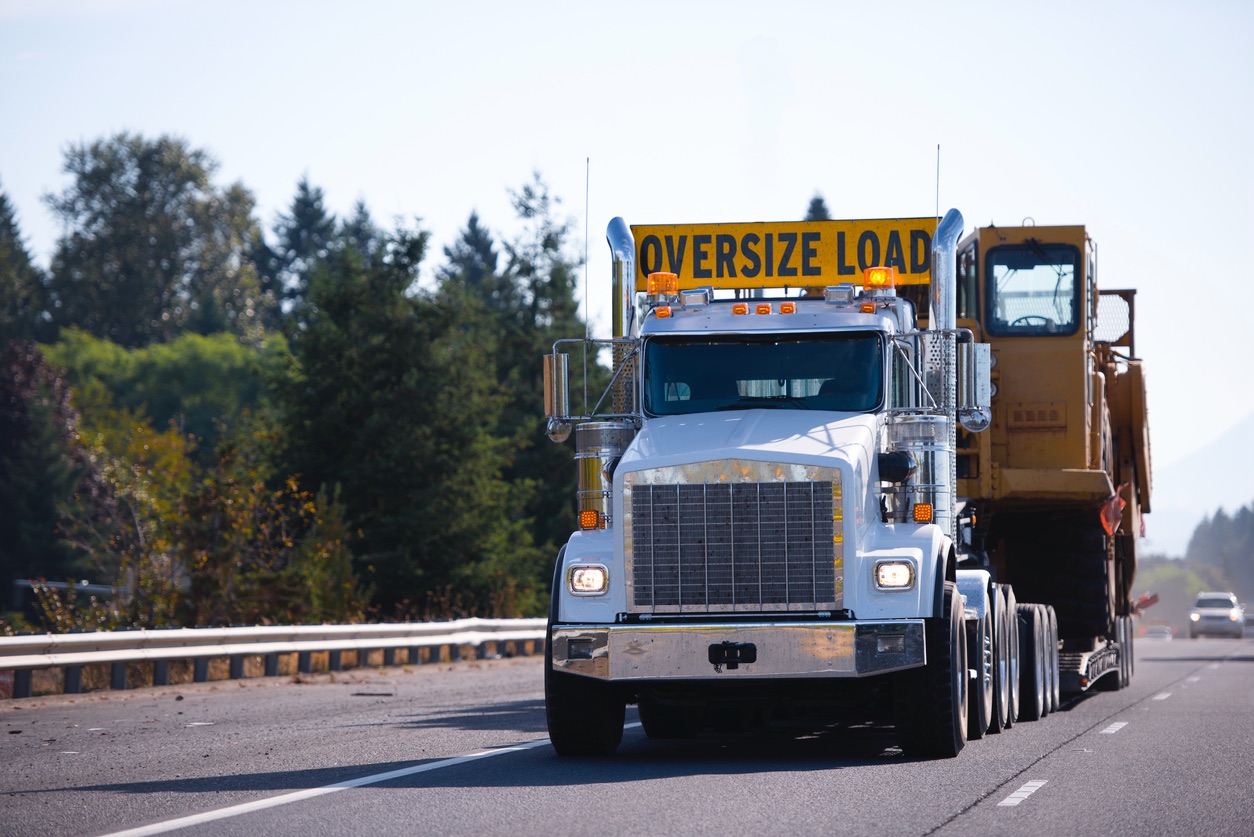
The phrase “heavy equipment” is often used in the fields of engineering and construction, but what does it really mean? This section dispels common misconceptions about what the term “heavy” actually implies and breaks down the various aspects of heavy equipment, including terminology explanations. To fully understand the vital functions these devices play in the construction and upkeep of our infrastructure, it is imperative that you grasp these principles.
Defining Heavy Equipment The term “heavy equipment” describes a wide range of machines made to perform demanding construction jobs including lifting, transporting, and excavating earth or other heavy materials. This kind of equipment include devices such as excavators, wheel loaders, and bulldozers; each is intended for a certain purpose but they all have one thing in common: they are necessary for heavy-duty activities. These tools are different in terms of appearance and functionality, but they are all designed to be able to perform difficult jobs that are too hard for smaller tools to undertake.
The Misconception of Size and Weight It may seem sense that the term “heavy” in heavy equipment refers to the machinery’s bulk or weight. But this is a widespread misperception. In actuality, the word describes the kind of labor-intensive, large-scale work that these machines are designed to perform, jobs that demand strong strength and longevity. For example, a big mining dump truck and a comparatively smaller skid steer loader are both classified as heavy equipment due to the heavy-duty tasks they do on construction sites, not because of their physical size.

Using heavy machinery requires a high level of accuracy, expertise, and understanding. The effectiveness and safety of operations in the construction and earthmoving industries are directly impacted by the skill of operators. In order to maintain high safety standards and operational effectiveness, this section explores the fundamental criteria needed for workers who operate such equipment, highlighting the significance of professional operation and certification as vital components.
Need for Skilled Operation Heavy equipment operation calls for a certain set of abilities that frequently go beyond simple machine handling. Operators need to be skilled at maneuvering around intricate controls and comprehending the massive machine mechanics, which varies greatly throughout equipment kinds. This specific skill set guarantees that operators are not only effective but also able to react to unforeseen circumstances that can occur while operating. This degree of proficiency is frequently verified by demanding training courses and hands-on evaluations, highlighting the need for ongoing education and development.
Certification and Safety In the field of operating heavy machinery, certification is vital. It ensures that an operator satisfies industry requirements by formally recognizing their knowledge and skills. More significantly, maintaining safety standards depends on certificates. They ensure that personnel have received thorough training to handle the intricacies of heavy machinery, which helps lower the risk of accidents occurring at work. In high-risk situations, a culture of safety and alertness is promoted by regular certification updates and renewals, which guarantee that operators remain current on safety procedures and technology developments.
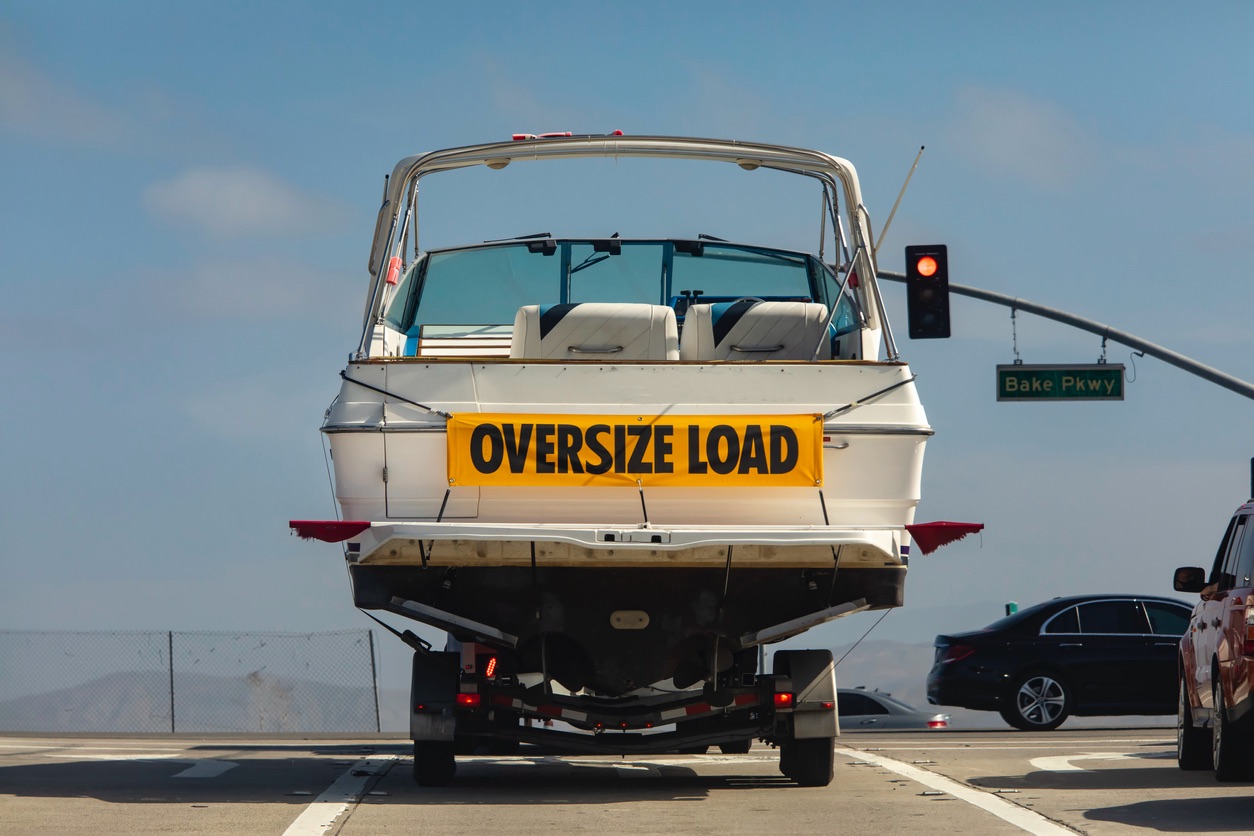
Selecting the appropriate mode of transportation for heavy machinery is an essential stage that is equally important as the machinery’s functioning. The choice of a hauling vehicle and trailer that are especially designed to meet the special requirements of the load is critical to the success of carrying heavy gear. It’s critical to align the transport equipment’s capabilities with the unique needs of the heavy machinery that has to be moved. This entails determining the equipment’s weight, size, and specific sensitivities in order to make sure that the mode of transportation selected will guarantee a secure and effective move.
Making sure the trailer and the transport vehicle are in top shape is also a crucial part of getting ready for travel. To do this, the transport equipment must be thoroughly inspected to look for any technical problems that can present a risk during shipment. Prioritizing routine maintenance and safety inspections can help to avoid any breakdowns while driving. A non-negotiable component of heavy equipment logistics is preparation, which not only protects the heavy equipment but also the safety of the transport crew and other drivers.
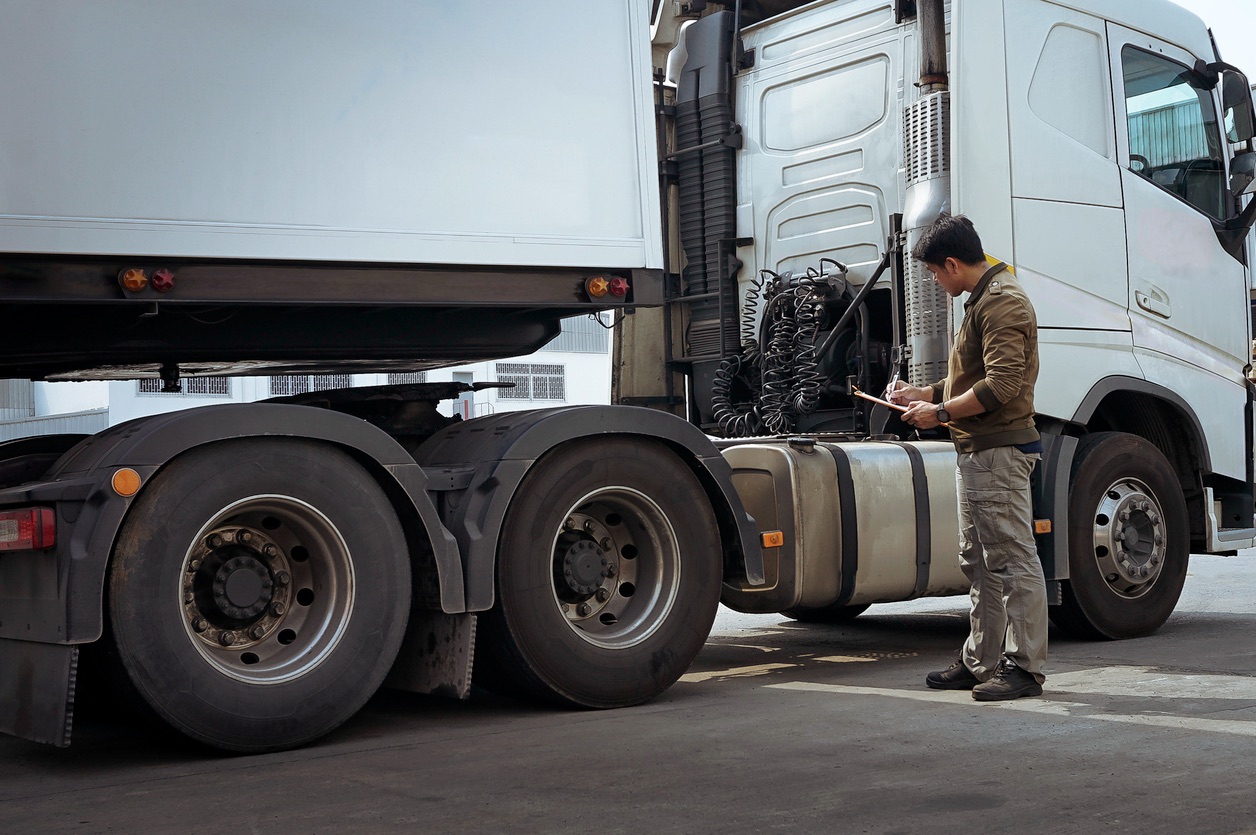
Loading heavy equipment is an important part of the operation that ensures safety and complies with regulations. This section describes the essential processes that must be followed in order to securely move heavy machinery in a safe manner. It covers both the strict adherence to Department of Transportation (DOT) standards and the detailed steps that must be taken prior to transportation. These rules guarantee that the procedure complies with legal standards and helps prevent accidents during transport, ensuring a safe trip for the equipment and the nearby traffic.
Step-by-Step Loading Procedure Carefully evaluating the weight and size of the equipment is the first step in the safe loading procedure. This first assessment is essential because it directs the choice of the suitable trailer, guaranteeing that the equipment can be carried without going over weight or size constraints. It also provides information for the essential safety inspections, such as confirming the trailer’s structural soundness and the security systems’ readiness. Preventing mishaps and damage to equipment while in transit requires that each piece of equipment be carefully evaluated and matched with an appropriate transport solution.
Adhering to DOT Regulations Legal transport requires knowledge of and adherence to DOT laws, particularly when handling oversized loads. These rules are intended to guarantee the safe transportation of heavy machinery, reducing hazards to the carrier, other drivers, and the infrastructure. Certain permissions could be needed for big cargoes, thus it’s important to get these before starting transportation. In order to ensure everyone’s safety throughout the transport process and to notify other drivers of the presence of an enormous load, compliance frequently calls for the employment of escort cars.
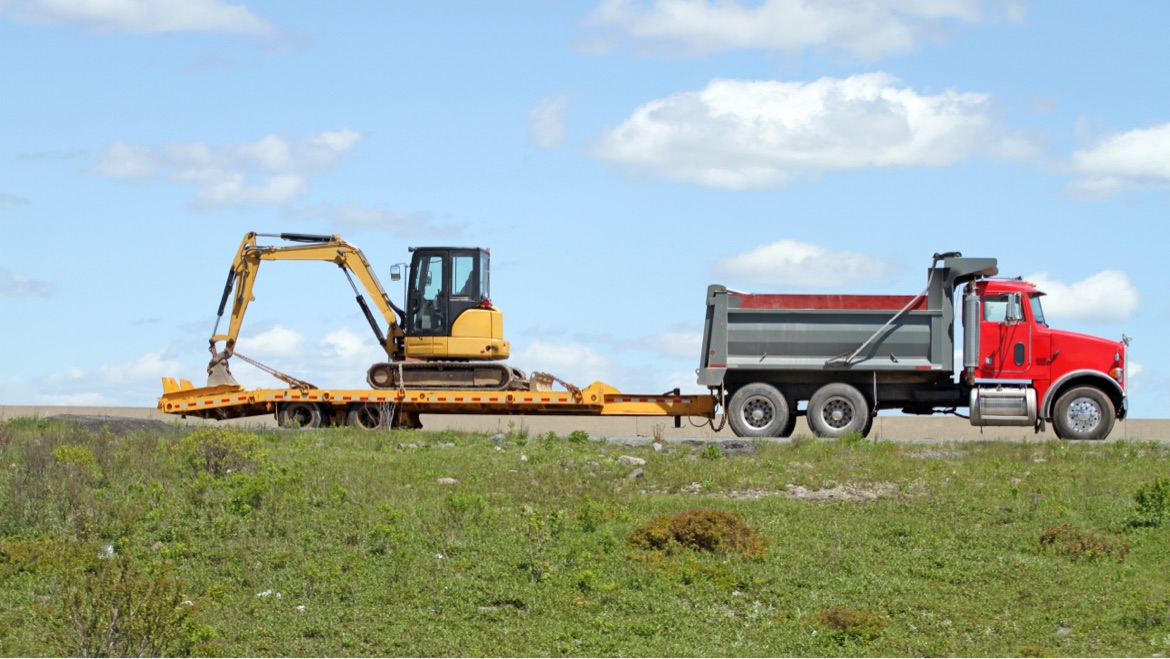
Knowing the legal environment is just as important for carrying heavy equipment as being able to handle the machinery. Some kinds of machinery are subject to particular regulations requiring the obtaining of special permissions because of their large size or excessive weight. These permits are necessary to guarantee road safety and adherence to local, state, and federal regulations; they are not just administrative formalities. Transport operators need to be aware of these rules since not doing so can lead to expensive penalties, legal issues, and sometimes even delays in project completion dates.
The procedure for obtaining the required approvals differs greatly between jurisdictions. It entails being aware of the precise thresholds that determine whether a piece of equipment is overweight or big in accordance with local regulations. Furthermore, transport permits may stipulate that escort vehicles must accompany the loaded vehicle. Because they notify other drivers of the presence of an oversized load, these escort vehicles are essential in maintaining the safety of the transport operation and averting accidents and interruptions. Any business that transports heavy machinery has to manage these legal issues effectively in order to guarantee that their operations are both efficient and completely comply with the law.
Heavy equipment transportation is a multifaceted undertaking that goes beyond simple moving from one area to another. It necessitates a thorough comprehension of the particular specifications of the equipment, including its weight and size as well as its operational capabilities and restrictions. This information is essential for making sure that every piece of equipment is handled properly, reducing the possibility of damage occurring while in transportation and improving road safety. It is essential to prepare thoroughly, which includes carefully planning and carrying out the loading, securing, and transporting processes in compliance with accepted safety and regulatory requirements.
It’s also not just advised, but absolutely required, to strictly follow safety and regulatory requirements. It is imperative that the essential procedures of getting the required permits and adhering to Department of Transportation laws be followed. These regulations protect other road users as well as the safety of the transport crew and equipment. In the end, the fact that heavy equipment was successfully transported speaks volumes about the cautious and informed management that all parties involved displayed, highlighting the significance of experience and close attention to detail in this difficult but necessary industrial activity.

With continuous high ratings from clients and industry assessors, Ship A Car, Inc. stands out as a leader in the freight and heavy haul shipping sectors. Their numerous five-star customer evaluations and A+ rating from the Better Business Bureau (BBB) attest to their dedication to quality. These honors demonstrate their dependability and proficiency in managing intricate transportation specifications. With a focus on customer satisfaction, efficiency, and safety, Ship A Car, Inc. provides customized solutions for every size of cargo, from a single bulldozer to a whole fleet of dump trucks. Throughout the shipping process, their staff of knowledgeable transport consultants is prepared to offer assistance and direction, ensuring that your heavy equipment arrives at its destination safely and on schedule. For a more personalized heavy haul load quotation, give them a call at (866) 452-3657 or use the online heavy haul transport quote form.
Q: What qualifies as heavy equipment?
A: When we talk about heavy equipment, we are referring to equipment like bulldozers and excavators that are utilized for earthmoving and building jobs.
Q: In order to move heavy equipment, do I need to obtain a specific permit?
A: You may be required to have a transport permit and potentially escort cars, depending on the size and weight of the equipment that you are transporting. Read our previous blog post “Guide to Pilot Cars and Heavy Haul Transportation Ensuring Safe Transport Across America” to learn more.
Q: Why choose Ship A Car, Inc. for heavy equipment transportation?
A: The service provided by Ship A Car, Inc. is dependable and skilled, and it has a proven track record of ensuring customer satisfaction and safety.
